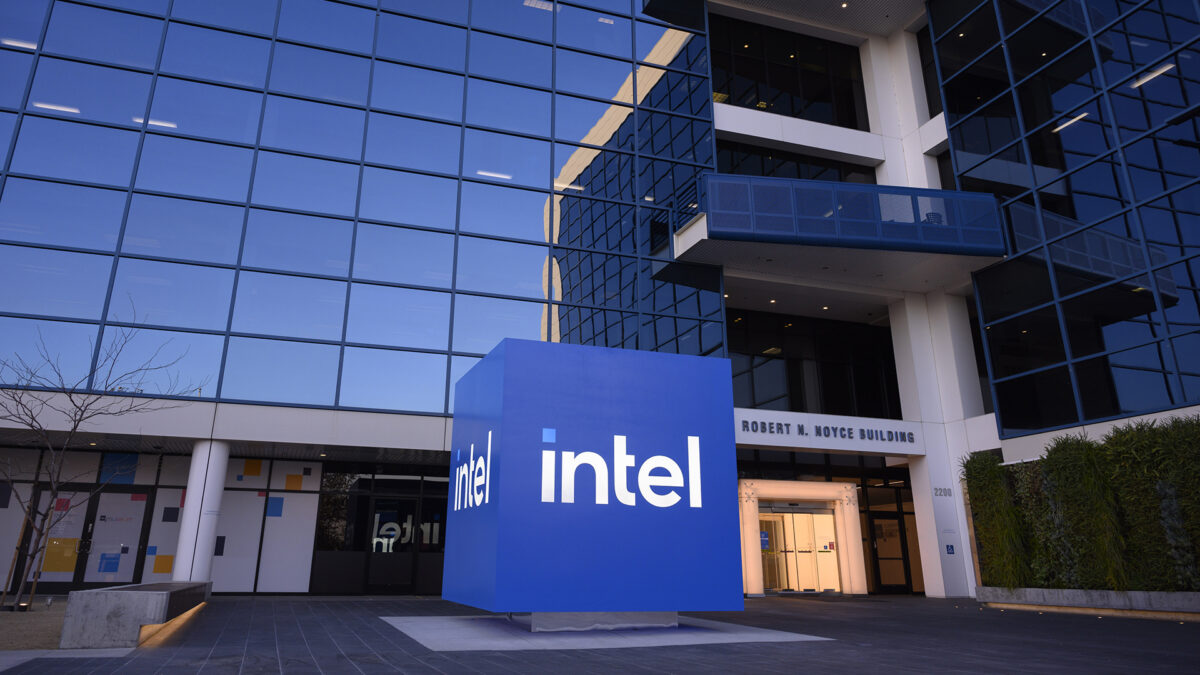Intel's DC Segment To See Massive Growth, Driven by Adoption of the 'Xeon' Server CPU Platform
Intel’s latest Q3 earnings call was met with widespread optimism across the tech industry as CEO Lip-Bu Tan and CFO David Zinsner outlined a strong outlook for the company’s Data Center (DC) and AI-focused CPU platforms. Speaking with Barron’s, Zinsner revealed that Intel is currently facing a chip supply shortage driven by soaring demand across both its data center and client CPU divisions.
Intel faces chip shortages going into 2026 as stronger-than-expected demand outpaces its ability to manufacture chips. In a phone interview with Barron's, Intel CFO David Zinsner tells me the first quarter of 2026 will be the "most challenging" for meeting chip demand, as Intel's…
— tae kim (@firstadopter) October 23, 2025
The CFO emphasized that this uptrend is expected to continue into Q1 2026, with overall chip inventories projected to fully deplete by that time. While the shortage presents operational challenges, it also signals robust demand and growth potential for Intel’s foundry and server processor business, which has seen a significant resurgence after years of declining market share.
At the heart of this growth is the Intel Xeon platform, particularly the Xeon 6 “Granite Ridge” CPUs, which are now being widely adopted within the AI and enterprise computing sectors. This increasing demand has pushed Intel to expand production lines, even on older process technologies such as Intel 7, in order to meet growing orders. Despite these efforts, the company acknowledged that supply will remain constrained through 2026 due to capacity limits and the accelerating pace of AI infrastructure expansion.
In a statement, Intel’s leadership commented:
“The team executed well to support upside in the quarter given the current tight capacity environment, which we expect to persist into 2026. We are working closely with customers to maximize our available output, including adjusting pricing and mix to shift demand towards products where we have supply and they have demand.”
Meanwhile, on the consumer CPU side, Intel’s Raptor Lake processors are also encountering capacity constraints. This situation arises not only from solid market demand but also because Intel is prioritizing production capacity for server CPUs, particularly those used in cloud and AI workloads. As a result, Intel has begun raising prices for Raptor Lake CPUs, balancing production allocation between its client and data center divisions to optimize profitability and maintain supply consistency.
This strategic pivot highlights Intel’s renewed emphasis on the data center market, a sector where competitors like AMD had previously gained ground with their EPYC processors. The shift toward expanding server CPU output underscores Intel’s commitment to regaining leadership in enterprise computing and strengthening its role in the global AI compute supply chain.
Intel’s recent performance, coupled with the growing industry adoption of its Xeon 6 platform, signals a clear turnaround for the company’s DC segment. However, with production already strained and inventories expected to tighten further, Intel faces the challenge of balancing short-term supply constraints with long-term growth opportunities in both the AI and server CPU markets.
Do you think Intel’s renewed focus on Xeon and AI-driven production can help them reclaim dominance over AMD and other rivals in the data center space? Share your thoughts below.


